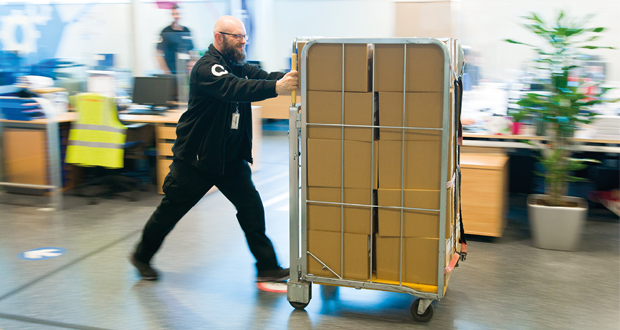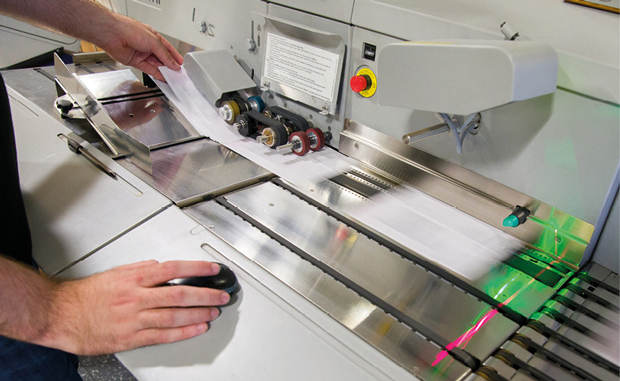SECURE STAMP OF APPROVAL
Other benefits of a digital mailroom process include increased security. The security aspect of the process is improved by eliminating the need for physical documents that can be lost or intercepted, and by using automated systems to ensure that sensitive information is only going to the right people within the company and not landing on the wrong desks or misplaced. The digital process also significantly reduces the risk of human error, such as information being sent to the wrong place or data entry mistakes. The ability to control access to data and track who has viewed it can further increase security. Restore Digital, in common with many other digital mail room providers, applies ISO 27001 and BSI 10008 controls and procedures.
RESPONSIBLE RECYCLING
The environmental impact is reduced by eliminating paper and printing which also lowers costs for businesses. Digitising paper on entry to an organisation means staff do not have to handle incoming paperwork and the method of recycling becomes centralised and recycled in the most appropriate way. This includes data shredding which can be collected and transported using electric vehicles and taken to the nearest site for secure destruction. Ultimately, all companies should be aiming to recycle or destroy all paper waste in an environmentally friendly manner and a digital mailroom can support this.
BEYOND THE MAILROOM
The software used by a mailroom now brings benefits for other departments. It can be used for storing different types of documents and information in different sections within the same platform, including occupational health certifications, quality documents, certificates, inspection reports, financial documents, facilities schematics and plant and equipment information. Software employed by a number of Restore Digital customers also has an open API structure, which allows it to interact and integrate with other software systems such as HR management systems, inventory management systems, and warehouse management systems. This means that the investment in the software can be spread out over multiple functions, making it more cost-effective.
A CONTINUED EVOLUTION
The pandemic has sped up the implementation of tech in many industries and the mailroom is no exception. There is no doubt that the mailroom as we once knew it is going to be completely digital before long. What would have taken between five and ten years to come to fruition has been accelerated, mainly due to the onset on of COVID-19. Where costly upfront charges were a turn off before, they became compulsory to getting the job done and now they are embraced as the everyday norm.
Physical delivery of mail is becoming less common as more and more communication and transactions are done digitally. This shift has had an impact on organisations such as the Royal Mail, leading to a reduction in the volume of mail being delivered. Even though the volume of paper mail is reducing, it will likely never disappear completely. Certain types of documents, such as legal and official documents, may still require physical mail.
There is now a further migration towards the mailroom not only being digitalised, but also outsourced to be located away from a client’s premises, freeing up more floor space for their core business activity.
The mailroom is expected to continue to evolve and become more automated and efficient. This includes the use of artificial intelligence and machine learning to process and sort mail, as well as the incorporation of virtual reality and augmented reality technologies to improve the overall user experience. The mailroom of the future will become more integrated with other systems and departments, making the mailroom an ever more efficient and effective business necessity.






